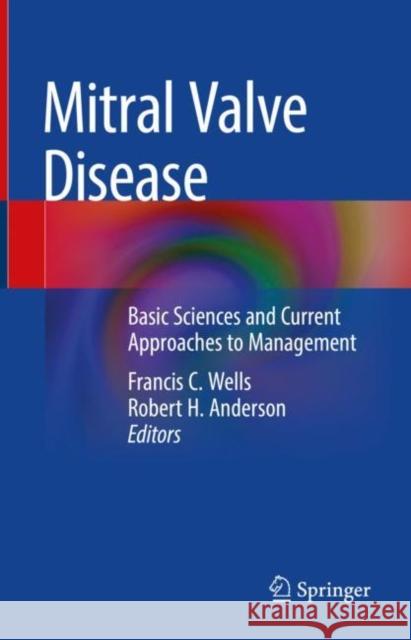Mitral Valve Disease: Basic Sciences and Current Approaches to Management » książka
topmenu
Mitral Valve Disease: Basic Sciences and Current Approaches to Management
ISBN-13: 9783030679460 / Angielski / Twarda / 2021 / 211 str.
Mitral Valve Disease: Basic Sciences and Current Approaches to Management
ISBN-13: 9783030679460 / Angielski / Twarda / 2021 / 211 str.
cena 442,79
(netto: 421,70 VAT: 5%)
Najniższa cena z 30 dni: 424,07
(netto: 421,70 VAT: 5%)
Najniższa cena z 30 dni: 424,07
Termin realizacji zamówienia:
ok. 22 dni roboczych
Dostawa w 2026 r.
ok. 22 dni roboczych
Dostawa w 2026 r.
Darmowa dostawa!
Kategorie BISAC:
Wydawca:
Springer
Język:
Angielski
ISBN-13:
9783030679460
Rok wydania:
2021
Wydanie:
2021
Ilość stron:
211
Oprawa:
Twarda
Wolumenów:
01











